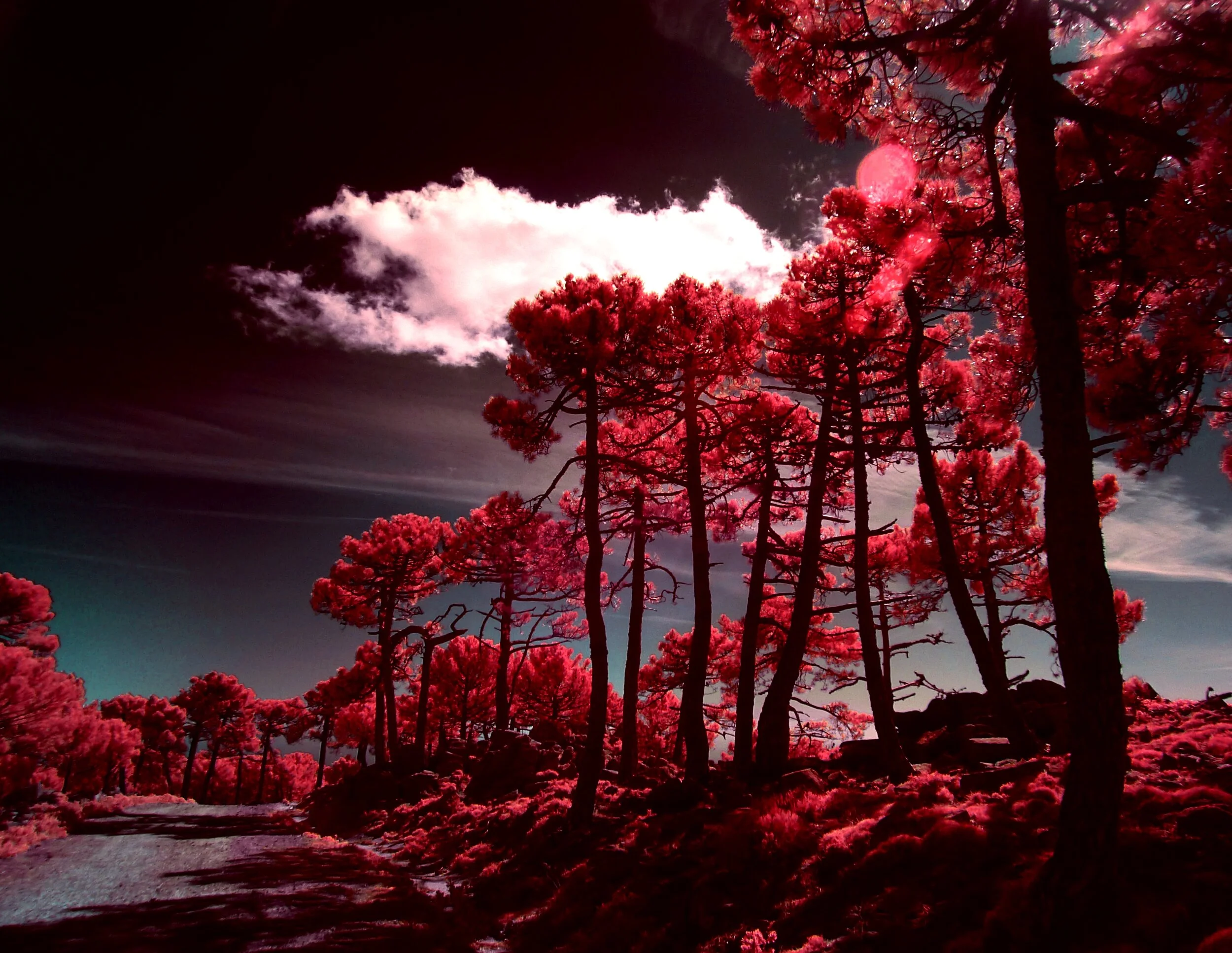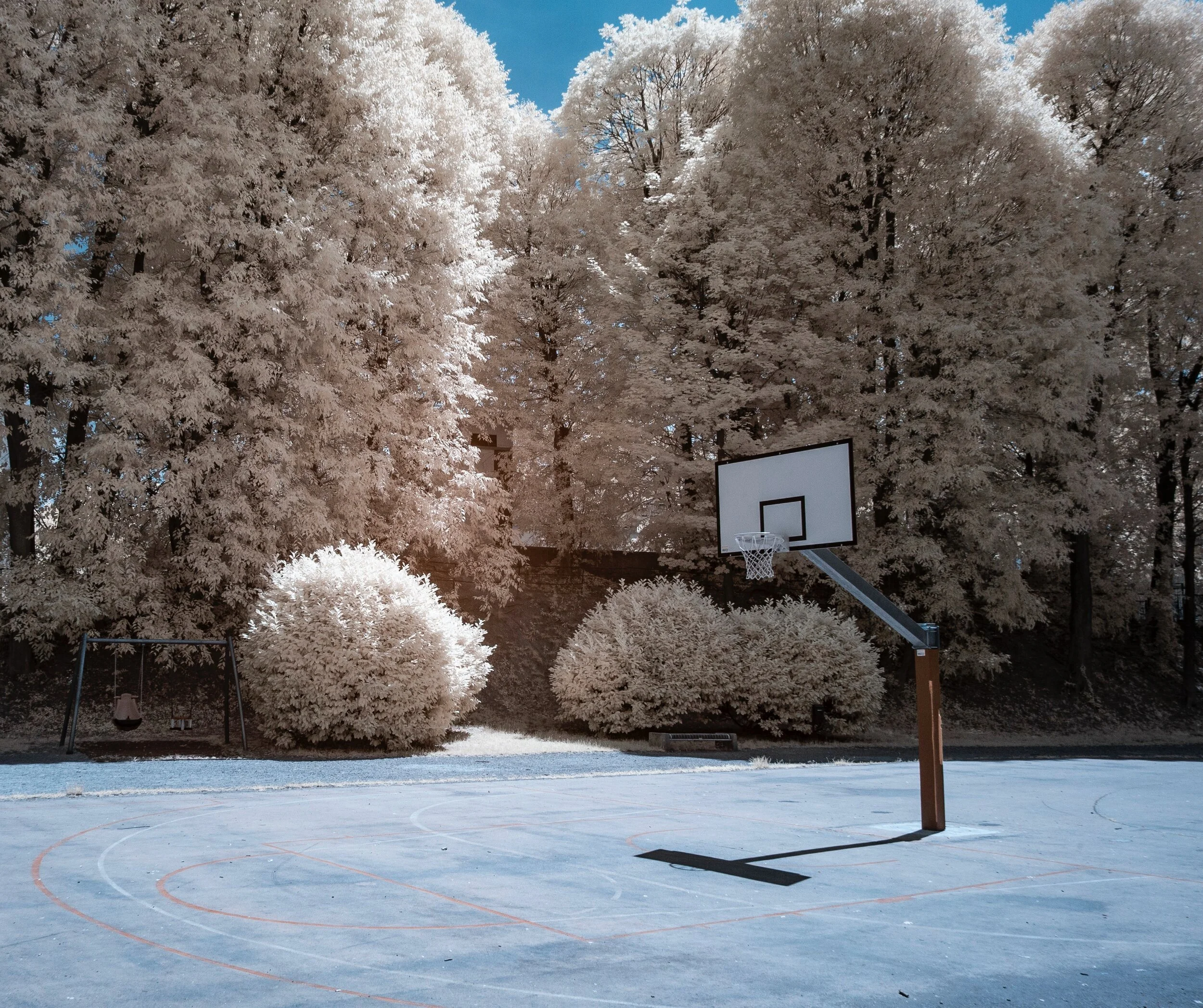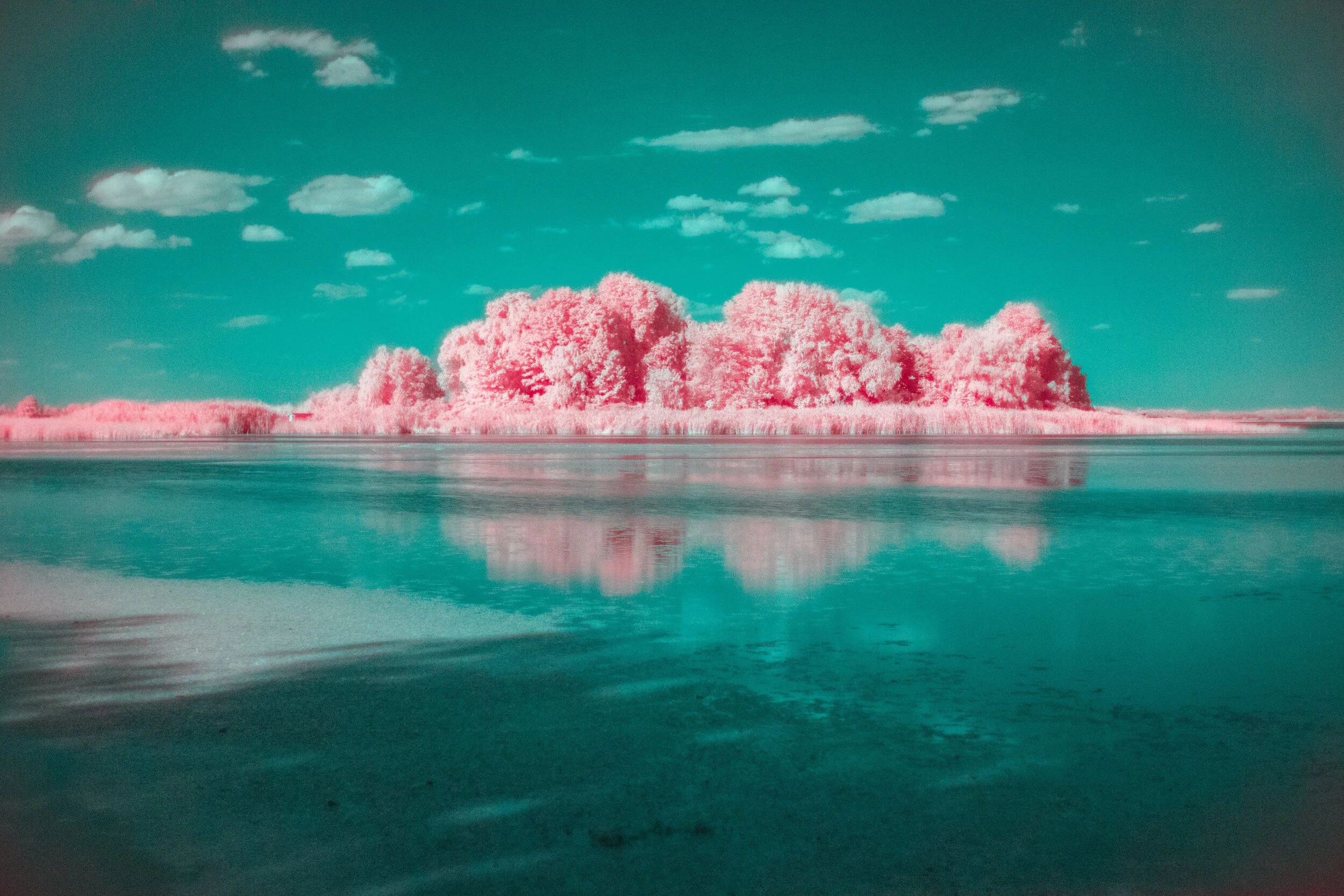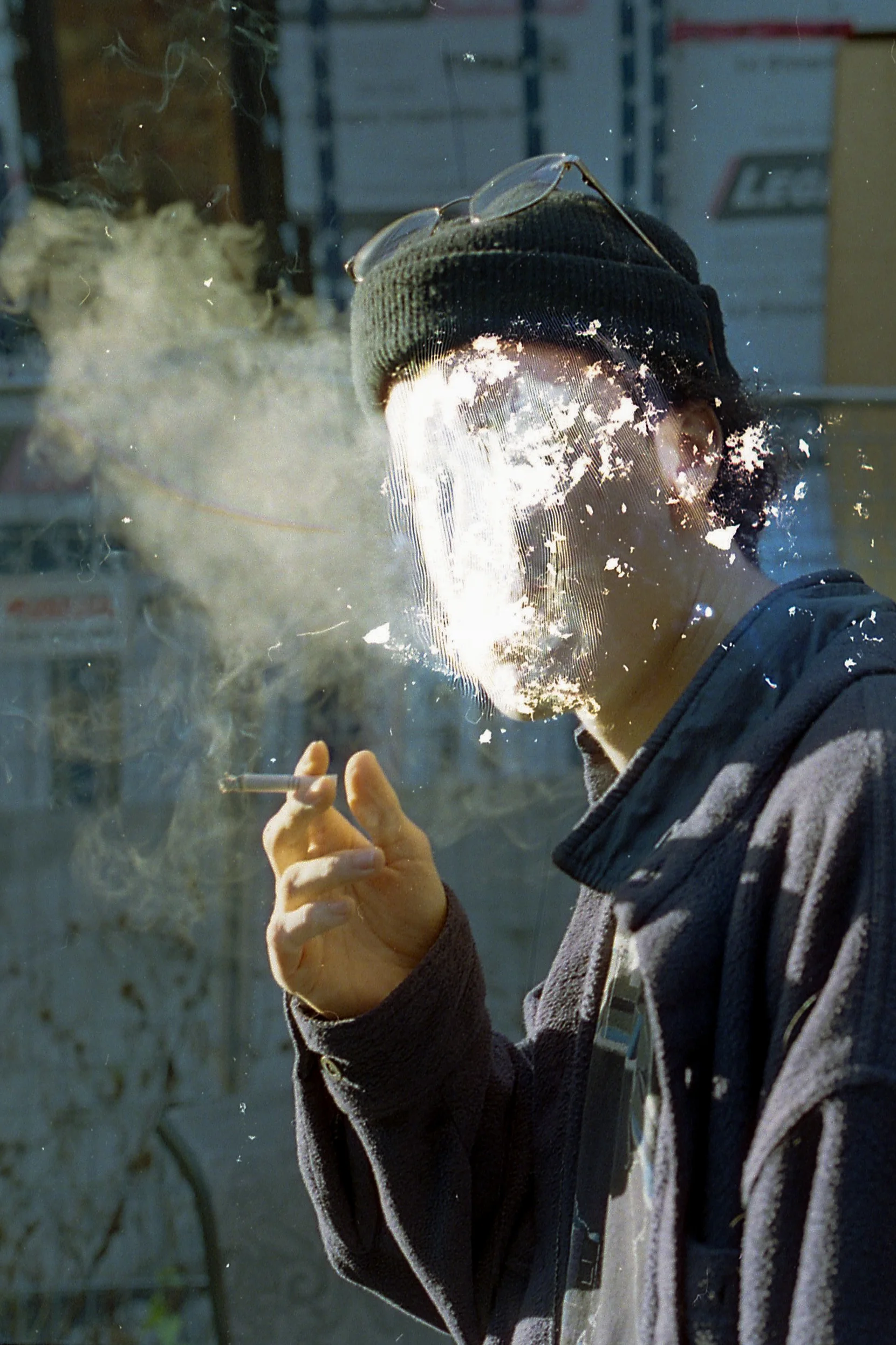Infrared Film is Fragile
Infrared Series
- Brief History of Infrared Film Photography
- Shooting Analog Infrared Images
- Infrared Film is Fragile
Choosing the Right Camera
If you have a camera that auto-advances the film DO NOT use it for Infrared Film photography. Newer film SLRs that auto-advance have a small LED light that reads the DX code on the film and counts frames. This LED light will create light leaks and fog your exposures.
You want to use a camera that does not use an LED sensor, these are typically older fully manual cameras. Here are a few examples:
Nikon F / FM / FE / FG
Minolta XE-* / XD-* / X-700
Pentax Spotmatic / MX / ME / MG / K1000 / KX / KM
Fujica ST-***
Loading the IR Film Can Be Tricky
If your camera has a window on the back make sure to tape it over using black electrical tape. This will eliminate any additional light leaks or potential fogging. Infrared Film is also extremely sensitive to any light source so it must be stored in the light-tight black canister before and after use.
Load the film in near total darkness. You won’t want to unload, load, or open the camera unless you’re in very faint dimly lit settings. If the charge end of the IR film that sticks out of the canister is exposed to light, that could be enough to distort about half of the roll. The end can act as a light-wick, seeping sunlight through the entire roll and ruining the film.
Where to Develop?
Always develop your Infrared Film with TheDarkRoom. Ship your film in the light-tight black canister that it came with to prevent unnecessary light-leaks. Color Infrared Film is a slide film so it should be processed as E-6 film. Alternatively, it’s possible to cross-process the roll as C-41. The result will create a color negative.
More often than not you’ll want to stick with E-6. It’s important to Label the Film / Bag as “E6-Color Infrared“ in large letters so the developer can’t miss it.
If you enjoyed this, feel free to check out our Artist Interview Series and YouTube!









